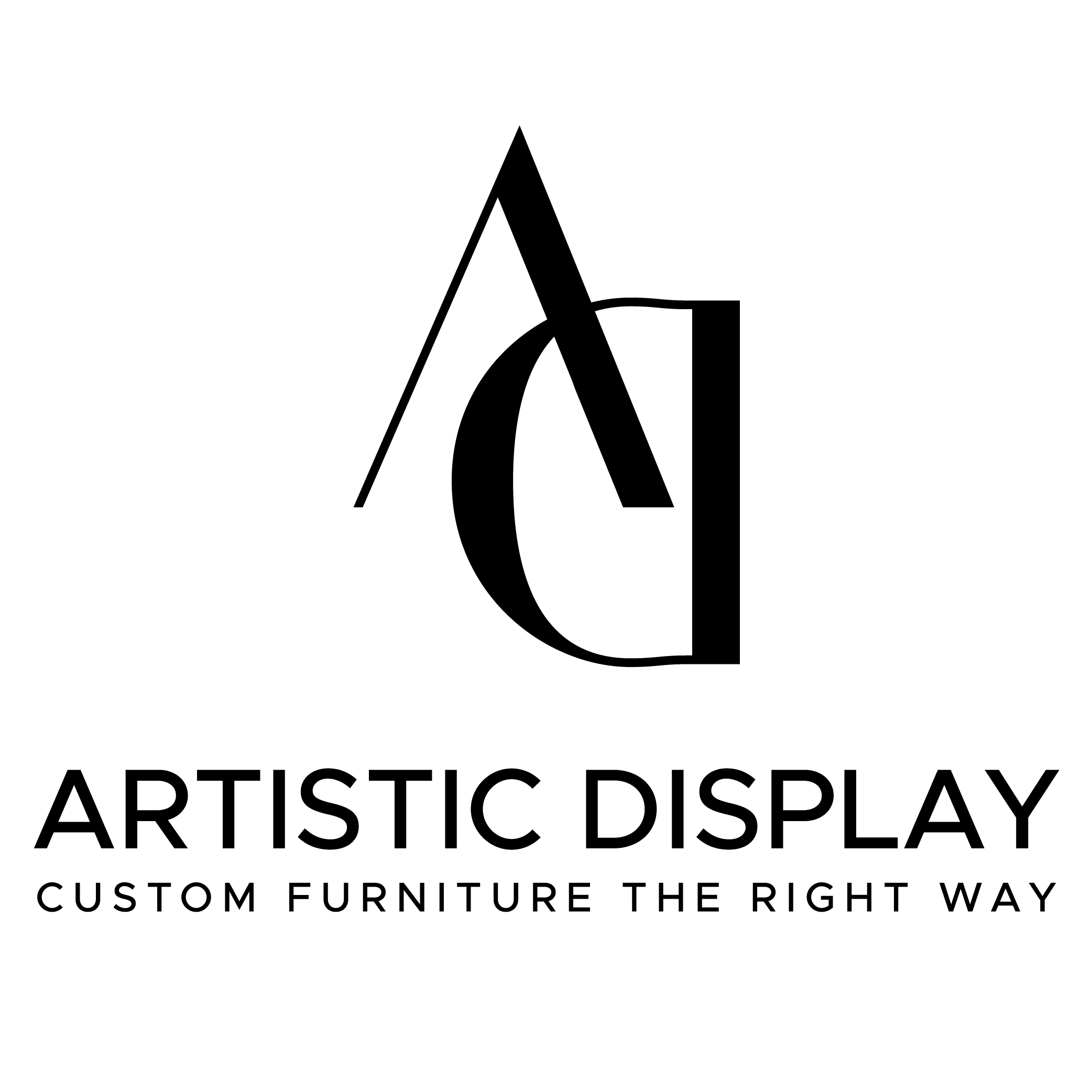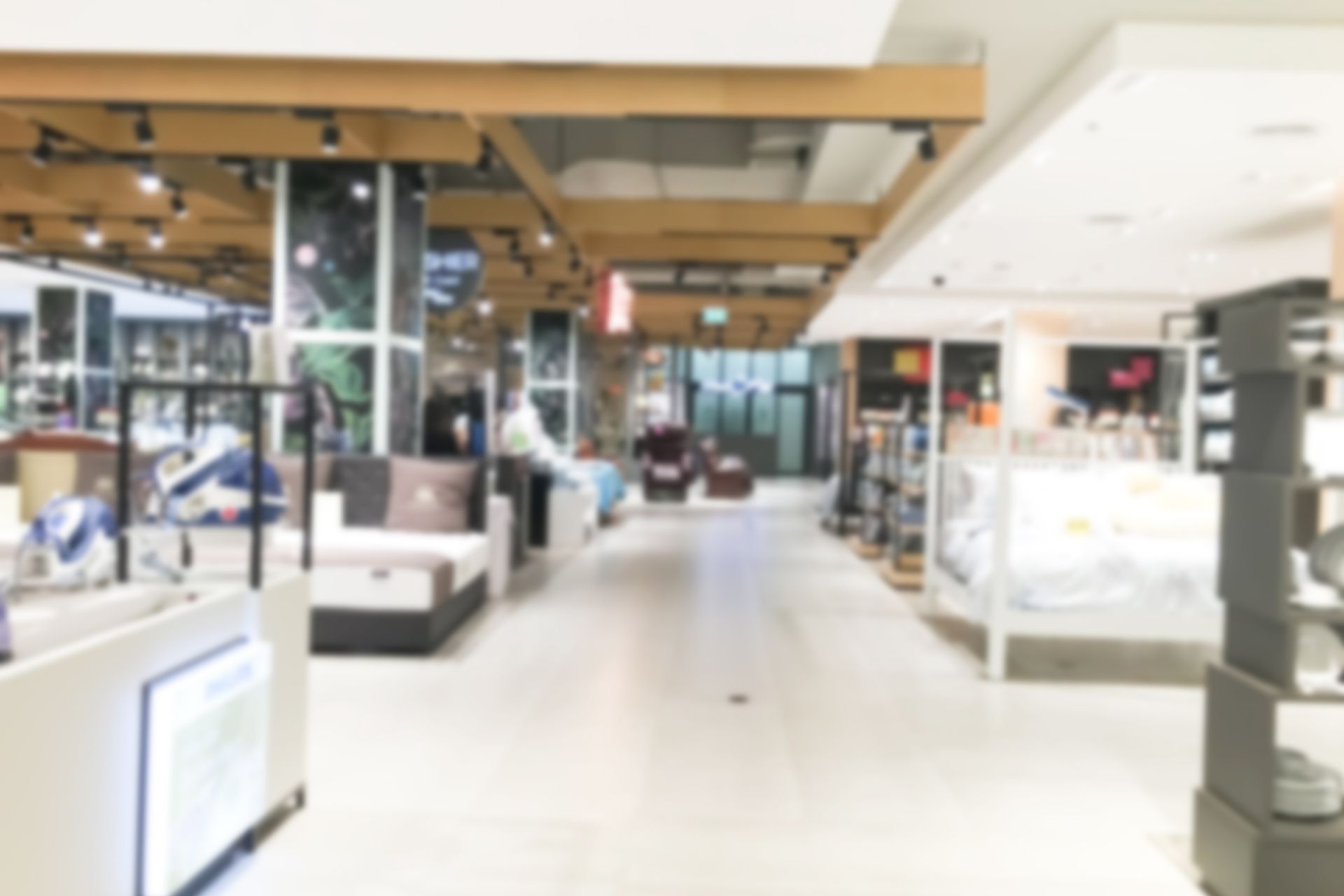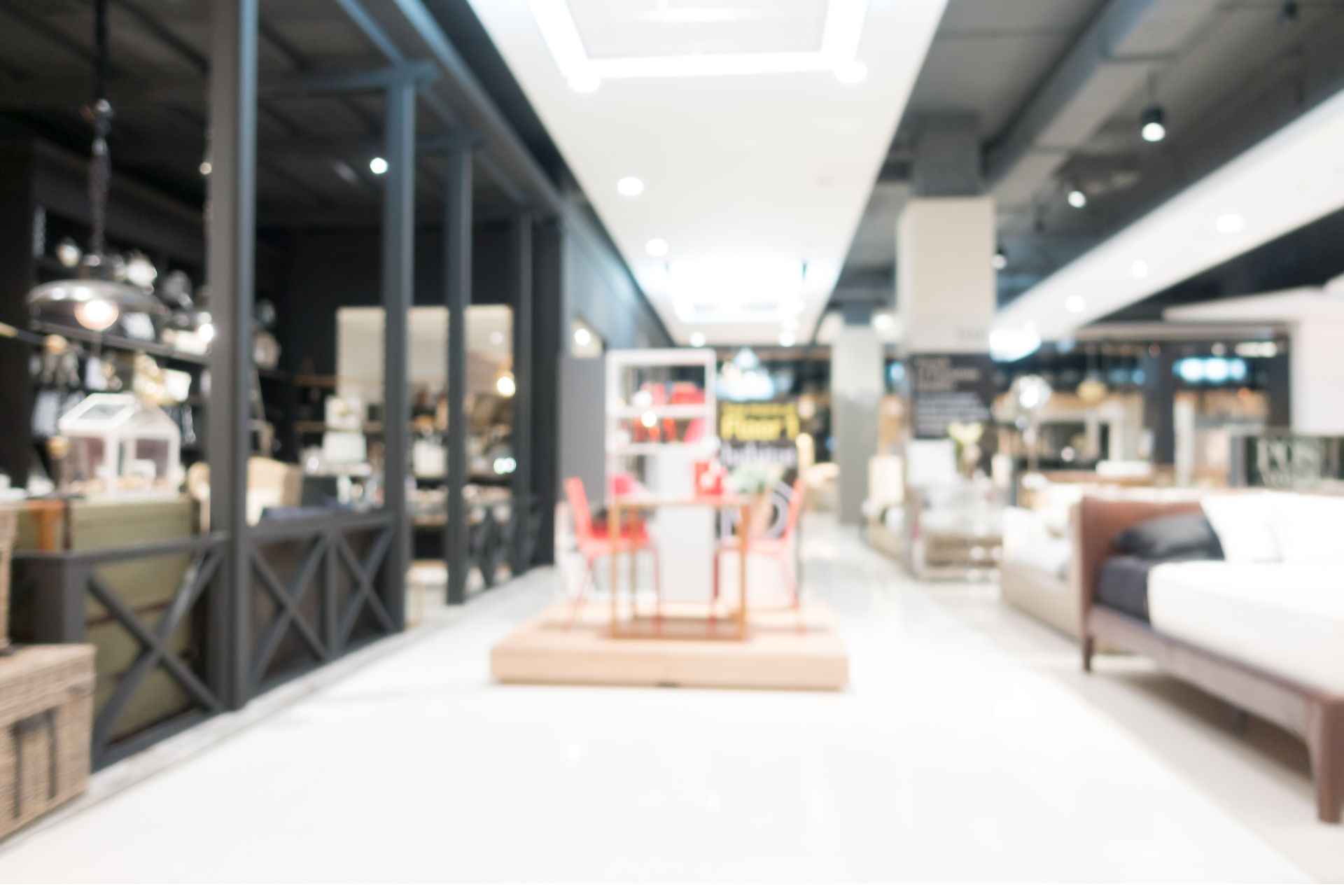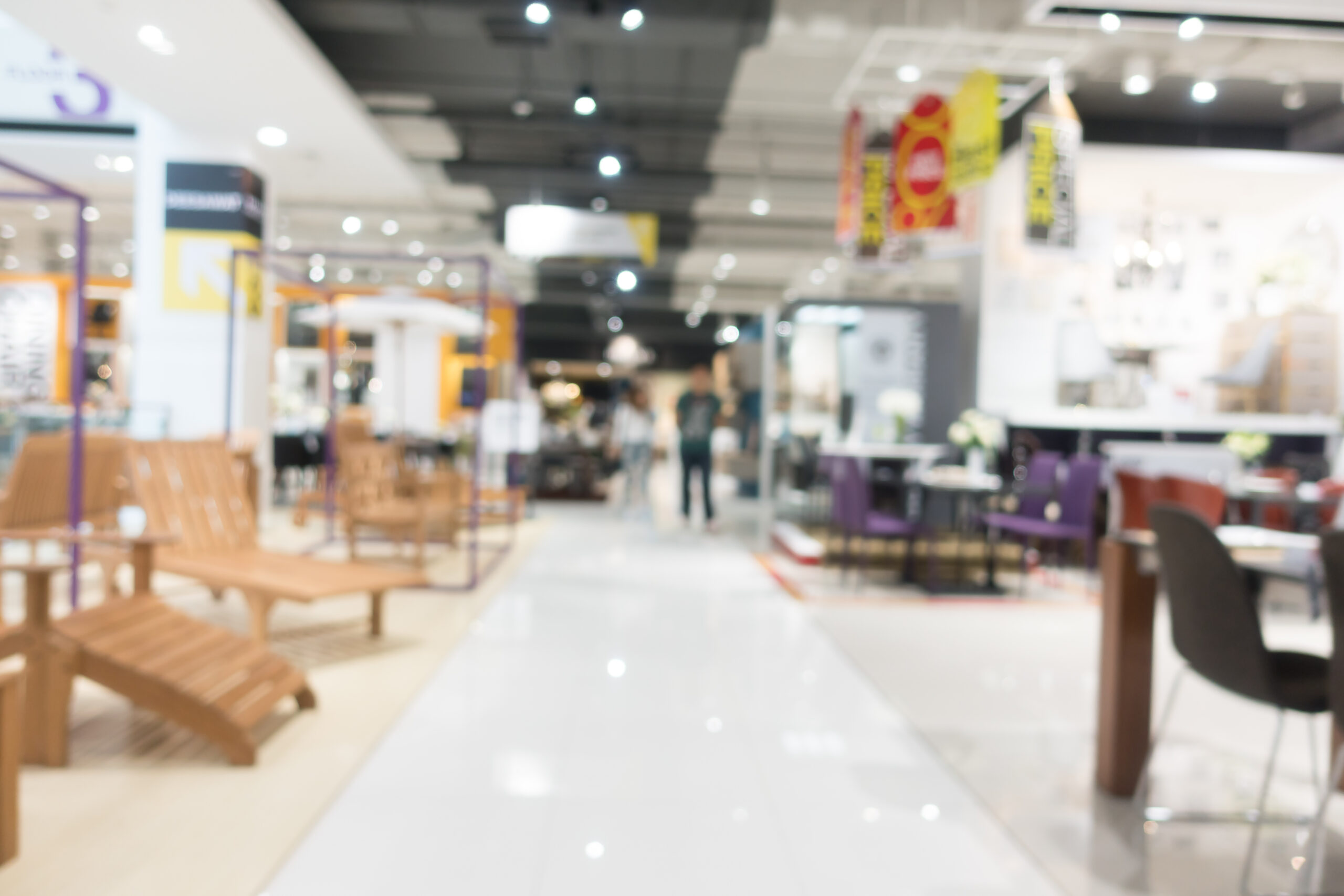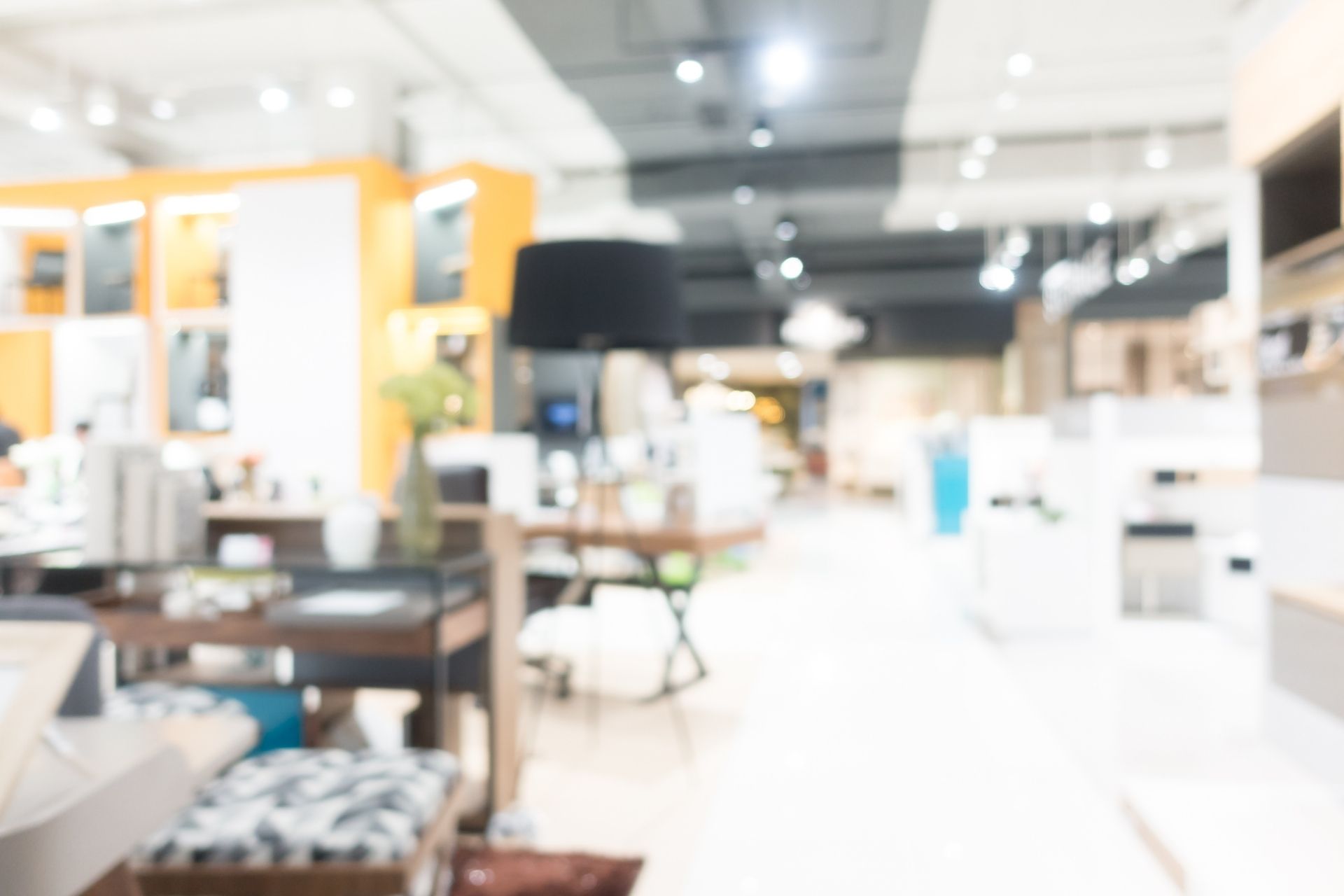When you walk into a store, have you ever noticed how the shelves, displays, and aisles are arranged? That’s called the store layout, and it’s a big part of how stores help you shop and even decide what to buy.
One type of layout is called a free-flow store layout. In this setup, the store doesn’t have straight aisles or a strict path to follow. Instead, you can wander around freely and explore different areas and products at your own pace.
Store layouts matter because they can influence how shoppers behave. A smartly arranged store can make it easier for customers to find what they need, discover new items, and even spend more time and money in the store.
The free-flow layout is especially popular in boutique shops and smaller stores, like those you might find tucked into charming neighborhoods in upstate New York or the trendy streets of Brooklyn, because it feels relaxed, fun, and encourages browsing.
What is a Free-Flow Store Layout?
A free-flow store layout is a type of retail design where there is no fixed pattern of aisles or pathways. Instead, products are arranged in small groups, islands, or displays that encourage customers to roam and interact with products however they wish.
This layout is different from traditional store layouts, like the grid or straight-aisle setup, where shoppers are guided along set paths.
In traditional layouts, customers usually follow a predictable route, which makes it easier to organize products but less flexible for creativity or browsing. Free-flow layouts, on the other hand, encourage discovery and create a more relaxed shopping experience.
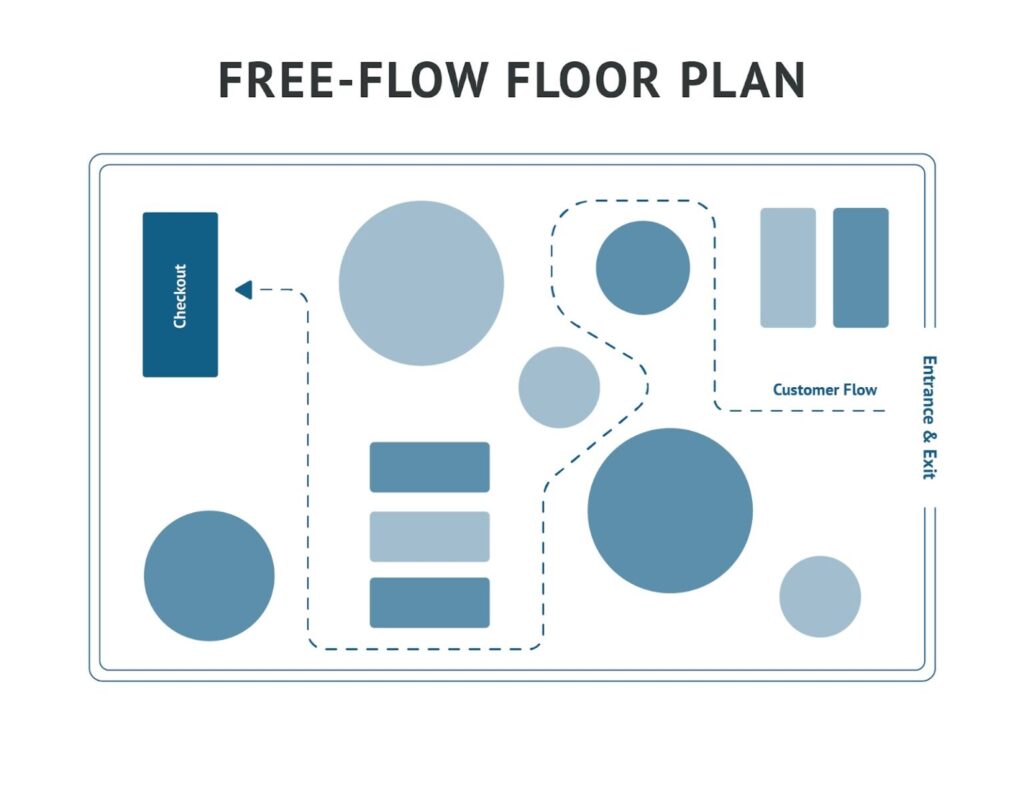
Advantages of a Free-Flow Store Layout
When a store is designed to let customers move around freely, it opens up several benefits for both shoppers and store owners.
Encourages exploration and browsing
A free-flow layout often feels open and inviting, giving stores a boutique-like vibe. In places like SoHo in New York City or towns like Saratoga Springs, this kind of layout helps small shops feel elegant and welcoming, which motivates shoppers to take their time instead of rushing through a crowded, rigid space.
Creates a more relaxed and upscale atmosphere
Without strict aisles, customers can wander and discover products they might not have noticed otherwise. In New York farmers’ markets or local craft stores, free-flow setups let shoppers stumble upon seasonal items or unique finds. This turns every visit into a little adventure.
Flexibility in seasonal or promotional displays
Free-flow layouts make it easier to move displays around, swap in seasonal items, or highlight promotions. Because there’s no rigid path for shoppers to follow, stores can quickly rearrange sections to showcase new products, limited-time offers, or seasonal collections.
This flexibility allows retailers to respond to changing trends, spotlight special promotions, or create eye-catching displays that draw customers’ attention. It also gives shoppers a fresh experience each time they visit!
Suitable for smaller and specialty stores
If you have a smaller shop, you might be thinking of how to make the most of your limited space while still keeping it comfortable for customers. Free-flow layouts are ideal for this because they allow you to arrange products creatively without crowding the floor or forcing shoppers down set paths.
Specialty shops can showcase different sections, rotate displays, or highlight unique items, all while maintaining an open and inviting atmosphere.
Disadvantages of a Free-Flow Store Layout
While free-flow layouts have many benefits, they’re not the best choice for every store. Some business owners might avoid this style because it can create challenges that require careful planning and attention.
Risk of missed areas
Without clear paths, customers may skip certain sections or displays entirely. In a small boutique in Rochester or a craft store in Ithaca, some products might go unnoticed if shoppers don’t naturally wander into every corner.
Can be confusing
Shoppers who prefer clear directions or predictable aisles may feel lost in a free-flow layout. If someone is in a hurry or visiting for the first time, they might struggle to find what they need quickly.
For example, they are in a boutique store looking for a specific pair of shoes and aren’t familiar with where the footwear section is — they may end up wandering through clothing and accessory displays before finding it, which can be frustrating if they’re short on time.
Requires strong merchandising skills to guide shoppers
Merchandising skills involve strategically arranging products, displays, and signage to attract attention and encourage purchases. In a free-flow layout, these skills are especially important because there’s no fixed path guiding shoppers.
Potential for overcrowding
Free-flow layouts work best in open spaces. In smaller stores with limited room, too many customers in one area can make the space feel cramped or chaotic. Imagine a small boutique during a weekend sale, with shoppers browsing multiple displays at once — without clear aisles, people might bump into each other, and it can be hard to move around comfortably.
Key Design Elements in a Free-Flow Store Layout
To make a free-flow layout work effectively, careful design is essential. Since shoppers aren’t following a fixed path, store owners need to guide attention subtly, using layout, displays, and even psychology to influence how people move through the space and notice products.
The right combination of placement, visuals, and lighting can turn casual browsing into intentional exploration. Here’s what to keep in mind:
Strategic product placement
Placing popular or high-margin items in key areas encourages shoppers to explore nearby displays. For example, high-margin items like specialty candles, designer handbags, or gourmet chocolates can be positioned near entrances or at the ends of aisles.
Grouping related products together — like matching scarves with coats — or positioning seasonal items at eye level, can naturally draw attention, making it more likely that customers will notice and purchase them.
Use of lighting, signage, and color psychology
Lighting can make products stand out or set the mood for different sections, while well-designed signage helps guide shoppers without imposing a strict path. Colors also play a psychological role — warm colors can create excitement, whereas cool colors can make spaces feel calm and inviting.
For example, in a store like Fishs Eddy in Manhattan, bright, warm lighting highlights colorful dishware and quirky kitchen items, creating an energetic vibe that draws shoppers toward featured products.
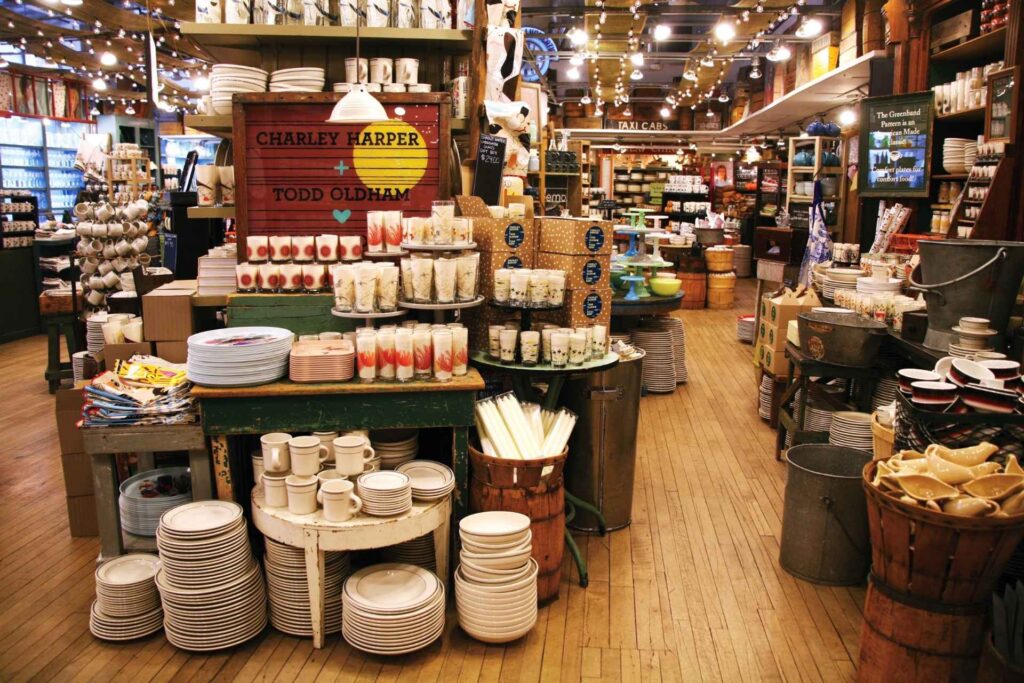
Fixtures and display design
The way products are displayed — on islands, tables, or creative racks — can make browsing intuitive and visually appealing. Unique or interactive fixtures can catch the eye and encourage shoppers to linger, which increases the chance they’ll discover more items.
Quick Tip: Place best-sellers or seasonal items on eye-level islands or tables near the entrance to grab attention.
Creating focal points and “hot spots”
If you want to guide customers’ attention, designing focal points, like a striking centerpiece display or an end-cap feature, can draw shoppers into specific areas of the store. These “hot spots” help direct foot traffic naturally and highlight products you want to promote.
Where is the Free Flow Layout Best Used?
Curious if a free-flow layout could work for your store? If you run a boutique, specialty shop, or any smaller retail space, this flexible design might be just what you need. Let’s look at the types of stores that benefit most:
Boutiques and specialty shops
Boutiques and specialty shops often thrive with a free-flow layout because it allows them to showcase unique products creatively. Think: a small artisan shop with handcrafted jewelry, scented candles, and locally made pottery.
These smaller stores can struggle with limited space and the risk of feeling cramped if everything is lined up in strict aisles. With a free-flow layout, each item has its own space to shine, and customers can move from one display to the next.
Lifestyle or concept stores
Lifestyle and concept stores — which blend fashion, home goods, and experiences — benefit from free-flow layouts because they seamlessly integrate products and narratives.
A prime example is The Apartment by The Line in New York City. This store transforms shopping into an immersive experience by displaying curated collections of clothing, furniture, and accessories within a thoughtfully designed apartment setting.
Shoppers can explore each room as if stepping into a real home, discovering how products work together in a lifestyle context.
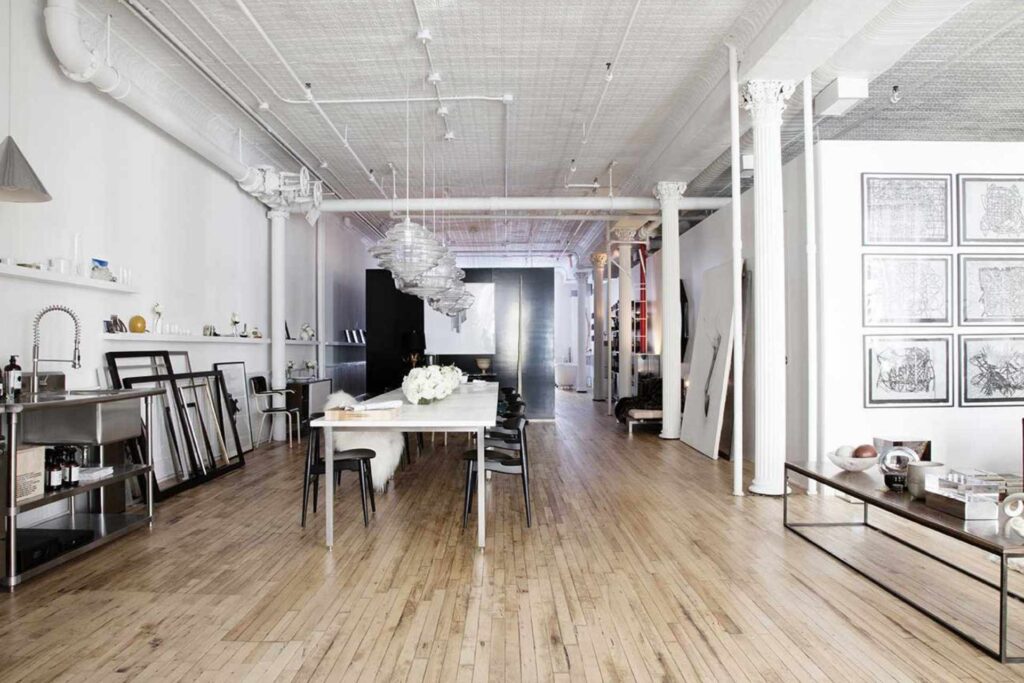
Summary
When it comes to choosing the right store layout, the free-flow design is all about flexibility, creativity, and customer experience. It encourages shoppers to explore, discover new items, and spend more time in the store.
Overall, it’s a great option for boutiques, specialty shops, and lifestyle or concept stores.
That said, it’s not the right fit for every retailer. Free-flow layouts require careful planning, strategic product placement, and strong merchandising skills to prevent confusion, missed areas, or overcrowding.
When implemented thoughtfully, though, it can turn a simple shopping trip into a fun, engaging experience that keeps customers coming back.
If you’re ready to create a store layout that wows your customers, consider our custom retail and commercial furniture solutions. At Artistic Display, we help bring your free-flow concepts to life.
